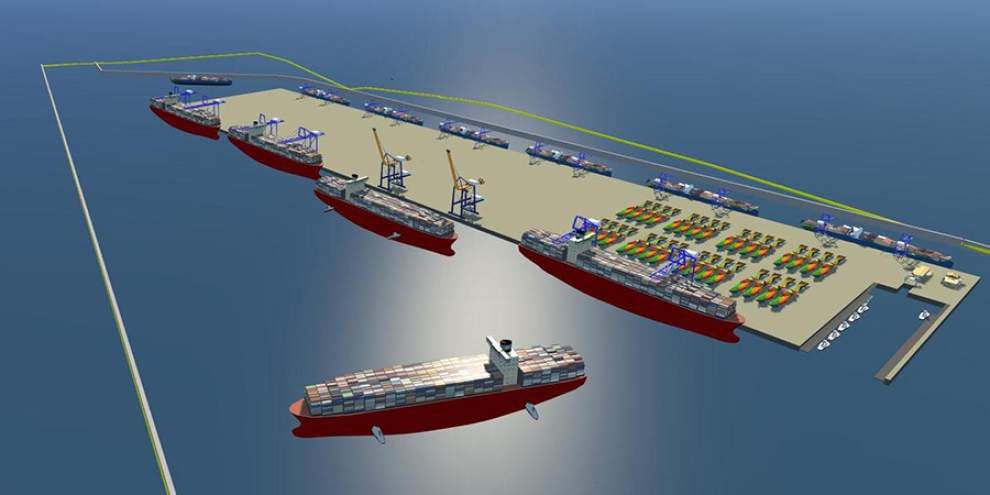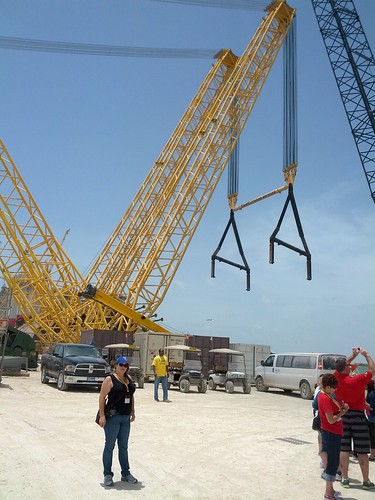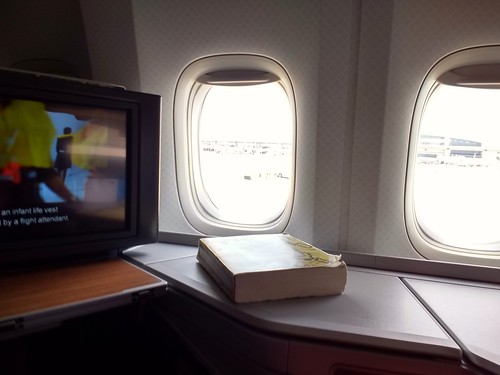







Inside of the Ramjet of the SR-71. The P&W J-58 could endure sustained speeds of Mach 3.2. The temperature limitations of the skin of the SR-71 was actually what restricted how fast the aircraft could travel.
It's called the Blackbird because black skin color maximized the radiative heat transfer of the aircraft.

“We must admit…that we are …Bourbons.”
Baton Rouge Mayor Leon Jastremski, 1882
He said it as though it was a compliment.
Source (PDF).
"I think it wisest not to keep open the sores of war, but to follow the example of those nations who endeavored to obliterate the marks of civil strife, and to commit to oblivion the feelings it engendered." - Robert E Lee
I decided to kind of do a 1 man reenactment of Pickett's Charge. I started near the Virginia monument, walked through the valley of death between Seminary Ridge and Cemetery Hill, then ended up near the Copse of Trees and the High Water Mark of the Confederacy. It's approximately the same route as Lo Armistead. He was one of the few Confederates who made it to the Angle and through the first of 3 Federal Army lines. There he was fatally wounded. As he lay there bleeding out, he asked the Union officer who captured him how his best friend, General Winfield Scott Hancock was doing. The Union officer happed to be Gen. Hancock's Aide-de-camp and informed the dying Confederate officer (erroneously) Hancock had been struck dead. General Armistead expired.
Hancock was wounded and survived and would later become one of the first presidents of the NRA.
What struck me the most on my walk was how exposed I felt. There was no cover whatsoever and high ground everywhere. To attack ~8,000 dug in troops with ~15-20,000 (the later figure includes the artillery) across that ground was a suicide mission. I completely understand why Gen. Longstreet was nearly insubordinate in his attempts to get Robert E. Lee to change his mind.
In Venice Tasso's echoes are no more,
And silent rows the songless gondolier;
Her palaces are crumbling to the shore,
And music meets not always now the ear:
Those days are gone--but Beauty still is here;
States fall, arts fade--but Nature doth not die,
Nor yet forget how Venice once was dear,
The pleasant place of all festivity, The revel of the earth, the masque of Italy!
Lately have had a few CBD lunches at Peche. It's been reliably great food, quick service, and a reasonable price. It's in the old American Coffee building.
Their specialty is oysters from certain areas in Louisiana. The areas that are on the saltier side of the brackish scale actually taste briney. It's also one of the few places I know to buy the experimental off bottom oysters the LSU Ag Center is trying.
The shrimp roll is good as are the Brussels sprouts (it's a Link restaurant).